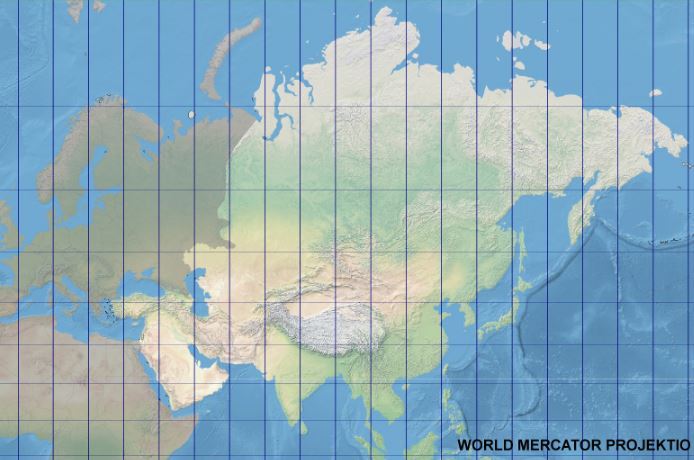5.4 Asia
Asia is the largest continent on planet Earth, both in terms of its surface area (44 million square kilometers) and its population (over 4 billion people). Over 60 percent of the planet's total population lives in Asia, and all of the planet's major religions, as well as many important scientific discoveries, have developed on this continent.
China and India are the two most populous nations on Earth. Large parts of the Asian population live on the monsoon zone and receive their livelihood from agriculture. The role of agriculture is important in order to satisfy the large demand for food on the populous continent. The economies of the most developed Asian nations, such as Japan, are centered on various technological industries, such as producing cars, computers, and electronics.
The natural world of the Asian continent is rich is species that are not found anywhere else on the planet. In terms of natural resources, China is among the most richest nations on Earth. The nations of the Middle East and the Arabian peninsula are among the most important oil-producers in the global economy. Mandarin Chinese is the most widely spoken language on the planet.
China and India are the two most populous nations on Earth. Large parts of the Asian population live on the monsoon zone and receive their livelihood from agriculture. The role of agriculture is important in order to satisfy the large demand for food on the populous continent. The economies of the most developed Asian nations, such as Japan, are centered on various technological industries, such as producing cars, computers, and electronics.
The natural world of the Asian continent is rich is species that are not found anywhere else on the planet. In terms of natural resources, China is among the most richest nations on Earth. The nations of the Middle East and the Arabian peninsula are among the most important oil-producers in the global economy. Mandarin Chinese is the most widely spoken language on the planet.
